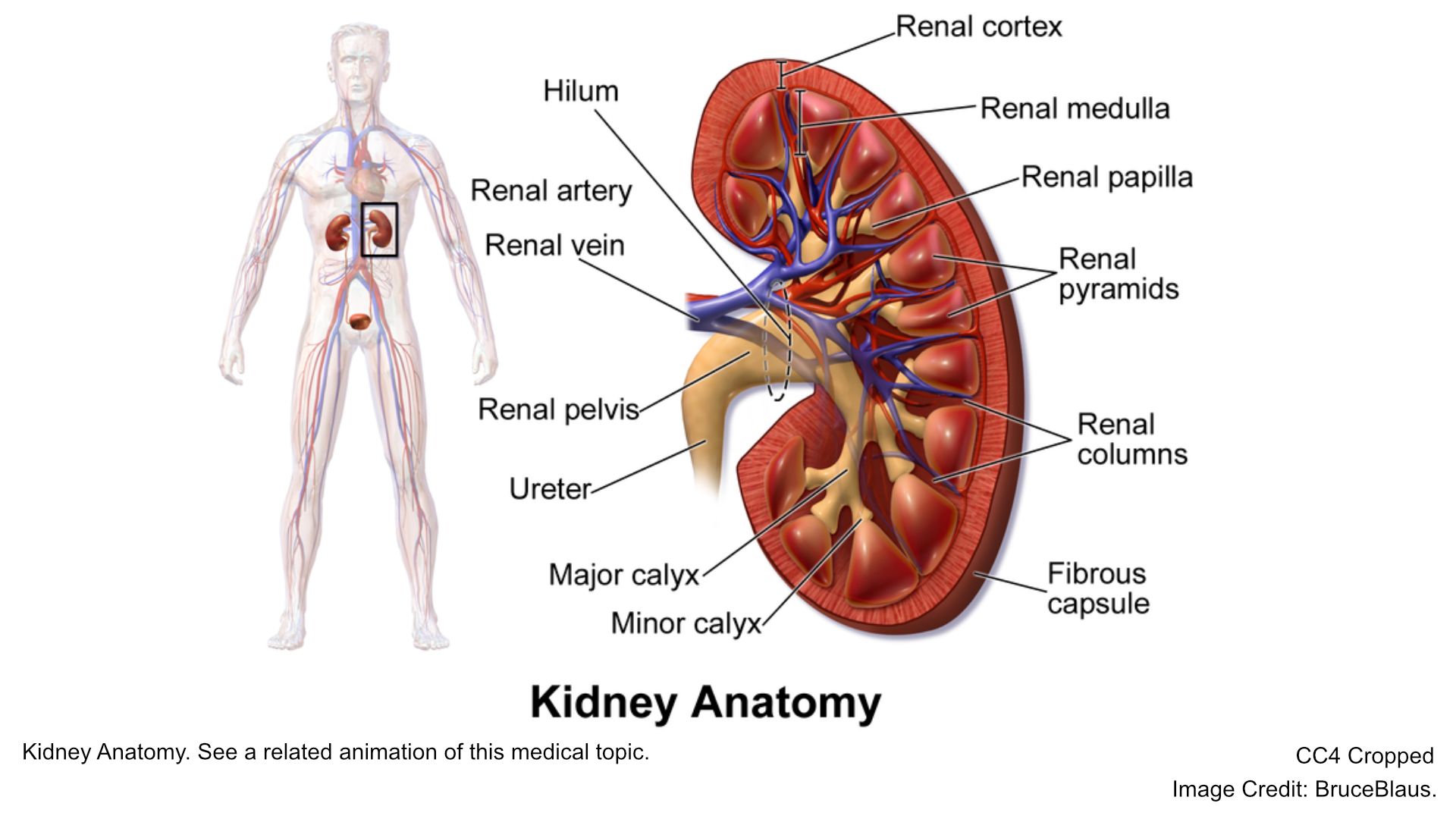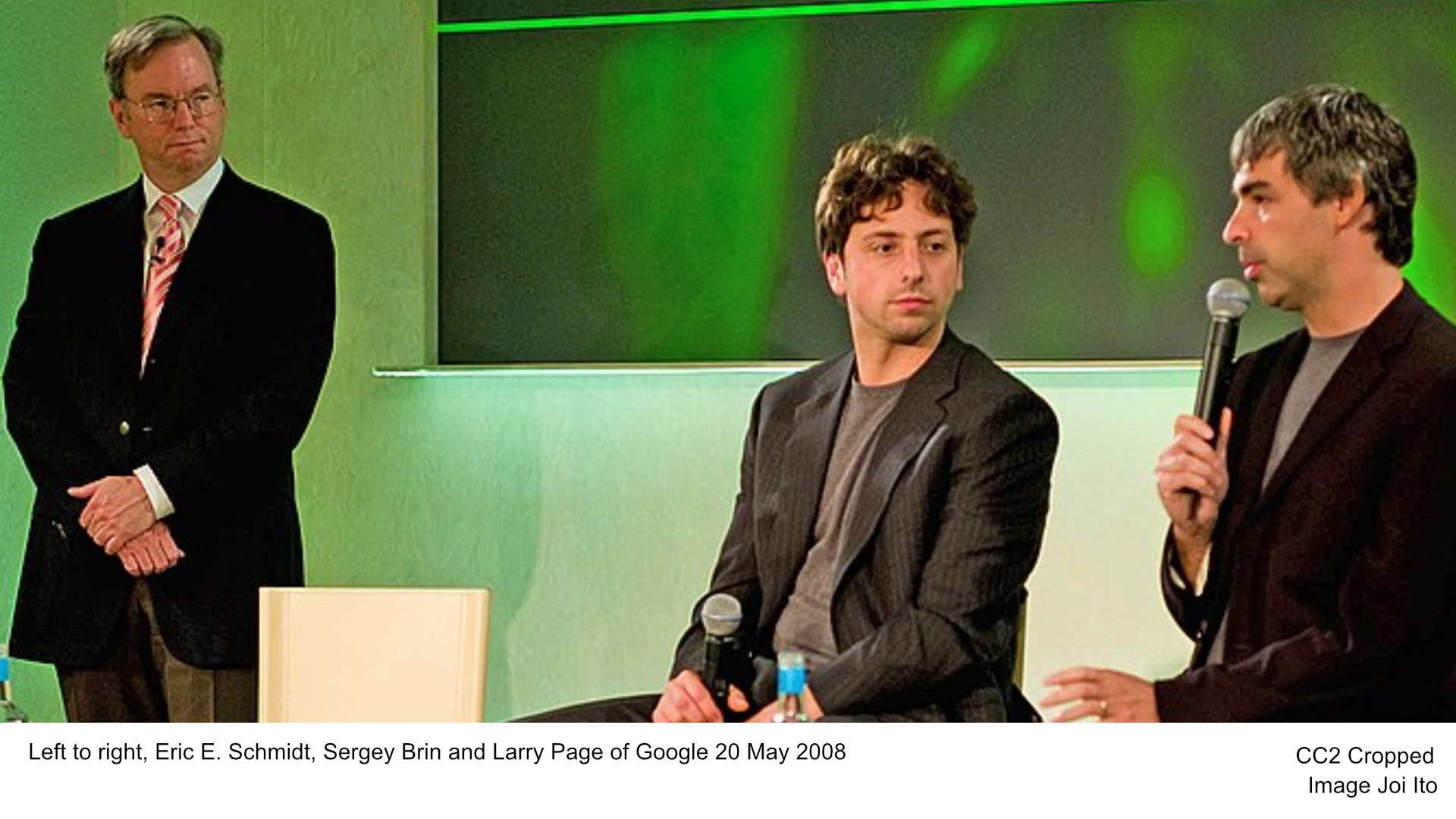Weight-loss drugs, specifically glucagon-like peptide-1 (GLP-1) receptor agonists, have shown promise in reducing the risk of kidney-related issues. A comprehensive analysis of these drugs suggests they can decrease the risk of kidney failure and related complications by a fifth. The study, published in The Lancet Diabetes & Endocrinology, highlights the potential benefits of these drugs beyond weight management.
- Kidney Health Benefits: GLP-1 receptor agonists, widely used for weight loss, can reduce the risk of kidney failure and related complications by up to 19%, according to a meta-analysis of 85,000 participants.
- Expanded Uses: Beyond weight management, these drugs also show significant cardiovascular benefits, reducing cardiovascular-related deaths and events by 14%.
- Chronic Disease Management: With their potential to protect against chronic kidney disease (CKD) and associated risks, GLP-1 drugs could become integral in managing CKD, diabetes, and obesity.
- Call to Action: Researchers urge integrating these findings into clinical guidelines and improving access to these medications for patients globally.
The meta-analysis involved over 85,000 participants across 11 large-scale clinical trials. These trials included individuals with type 2 diabetes and those with cardiovascular disease who were overweight or obese. The analysis covered various GLP-1 receptor agonists, such as semaglutide, dulaglutide, and liraglutide.
Results indicated a 16% reduction in kidney failure risk and a 22% reduction in worsening kidney function compared to placebo. Overall, the combined reduction in risk for kidney failure, worsening function, and death due to kidney disease was 19%. This suggests a significant potential for these drugs in protecting kidney health.
Moreover, the study reaffirmed the cardiovascular benefits of GLP-1 receptor agonists, showing a 14% reduction in cardiovascular-related deaths and events. These findings expand the known advantages of these medications, positioning them as crucial in treating chronic kidney disease (CKD) alongside diabetes and obesity.
Lead author Prof. Sunil Badve emphasized the importance of these findings for patients with CKD. The condition, affecting about one in ten people worldwide, poses significant health and economic challenges. The research suggests that GLP-1 receptor agonists could play a pivotal role in managing CKD and its associated risks.
The study’s authors call for integrating these findings into clinical guidelines to enhance the management of CKD and cardiovascular disease. They also stress the need for improved access to these potentially life-saving medications.
What Are Glucagon-Like Peptide-1 (GLP-1) Receptor Agonists?
Glucagon-like peptide-1 (GLP-1) receptor agonists are a class of medications designed to manage type 2 diabetes and, more recently, obesity. These drugs mimic the natural GLP-1 hormone, which plays a vital role in regulating blood sugar and appetite. With their dual benefits of blood sugar control and weight loss, GLP-1 receptor agonists have gained significant attention in the medical community.
How GLP-1 Receptor Agonists Work
GLP-1 receptor agonists mimic the action of GLP-1, a hormone released after eating. They stimulate insulin secretion, reduce glucose production in the liver, and slow stomach emptying. This helps people feel full longer, aiding in weight loss. According to the National Institutes of Health (NIH), these drugs also lower hemoglobin A1c levels, making them effective for long-term blood sugar management.
Common Uses of GLP-1 Receptor Agonists
Initially approved for type 2 diabetes, GLP-1 receptor agonists are now widely prescribed for weight management. Medications like semaglutide (Ozempic, Wegovy) and liraglutide (Saxenda, Victoza) are popular examples.
For diabetes, they help stabilize blood sugar and reduce complications. For obesity, they support significant weight loss when combined with lifestyle changes. According to the FDA, these medications are not substitutes for diet and exercise but can enhance their effects.
Potential Side Effects
While effective, GLP-1 receptor agonists can cause side effects. The most common include:
- Nausea
- Diarrhea or constipation
- Vomiting
- Reduced appetite
Rare but serious side effects include pancreatitis, gallbladder issues, or kidney problems. Mayo Clinic experts emphasize that patients should inform their doctors about existing medical conditions to avoid complications.
Who Should Not Use GLP-1 Receptor Agonists?
These medications aren’t suitable for everyone. Pregnant or breastfeeding individuals, those with a personal or family history of thyroid cancer, or people with severe gastrointestinal conditions should avoid them. Always consult a healthcare provider before starting treatment.
Are GLP-1 Receptor Agonists the Future?
With growing research and new approvals, GLP-1 receptor agonists are reshaping treatment for diabetes and obesity. According to an NPR report, their dual benefits make them a transformative option. However, cost and insurance coverage remain barriers for some patients.
By balancing risks and benefits, these medications could be game-changers in chronic disease management.
Resources
- National Institutes of Health (NIH)
- U.S. Food and Drug Administration (FDA)
- Mayo Clinic
- NPR
The development of glucagon-like peptide-1 (GLP-1) receptor agonists is a testament to decades of scientific research and innovation. These medications have transformed the treatment landscape for type 2 diabetes and obesity.
Discovery and Development
In the 1970s, researchers identified GLP-1 as a hormone that enhances insulin secretion in response to food intake. This discovery highlighted its potential in regulating blood sugar levels. However, the natural form of GLP-1 has a short half-life, limiting its therapeutic use. To overcome this, scientists developed synthetic analogs with prolonged activity. Notably, the study of the Gila monster’s saliva led to the identification of exendin-4, a peptide similar to GLP-1, which became the basis for exenatide, the first GLP-1 receptor agonist approved in 2005.
Key Developments and Patents
Several pharmaceutical companies have developed GLP-1 receptor agonists, each securing patents to protect their innovations:
- Exenatide (Byetta): Developed by Amylin Pharmaceuticals and approved in 2005, exenatide was the first GLP-1 receptor agonist on the market.
- Liraglutide (Victoza): Novo Nordisk introduced liraglutide, approved in 2010, offering a once-daily injection option.
- Semaglutide (Ozempic, Wegovy): Also from Novo Nordisk, semaglutide received approval in 2017 for diabetes (Ozempic) and in 2021 for obesity (Wegovy).
- Dulaglutide (Trulicity): Eli Lilly developed dulaglutide, approved in 2014, providing a once-weekly injection alternative.
These medications are protected by patents, granting exclusive manufacturing and marketing rights to their developers. For instance, Novo Nordisk holds patents for semaglutide, with exclusivity expected to last until the early 2030s in the U.S. and Europe.





